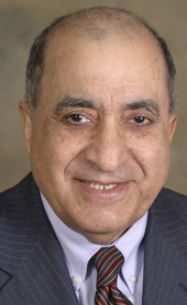“Aortic aneurysm?”
What are the symptoms of an aortic aneurysm?
5 Answers
CardiologistCardiologist
The symptoms could vary based on where in the aorta the aneurysm is located. Some patientshave no symptoms and the aneurysm if found on imaging studies for other reasons. Somepatients develop chest pain or back if there is a dissection of the aneurysm wall and at othertimes if the aneurysm ruptures the patient may collapse and die from blood loss.
That’s an excellent question. In some cases, the patient will complain of pain in the upper back or a tearing sensation if the aneurysm is dissecting (tearing). Unfortunately, many patients do not experience any symptoms whatsoever until the aneurysm ruptures or tears which is a life-threatening situation. The good news is an aneurysm can be easily, safely, and expensively diagnosed with a simple cardiac ultrasound and an abdominal ultrasound if the physician can feel a mass or if it shows up on a routine scan as an incidental finding. There are surgical as well as minimally invasive procedures for the repair or removal of an aneurysm depending on multiple factors. In my opinion, all patients should have a cardiac ultrasound early in their adult life as a screening technique. You may discuss this with your family doctor, internist, or cardiologist for more information. Thank you.
Mostly none but once the aneurysm starts leaking there is severe abdominal pain through to the back.
Aortic aneurysms can either have no symptoms or depending on the location of the aneurysm present with abdomen pain( if the aneurysm is in the abdominal aorta) or chest pain ( if the aneurysm is in the chest). It’s best to diagnose and treat these aneurysms before they rupture which would be a fatal event.







